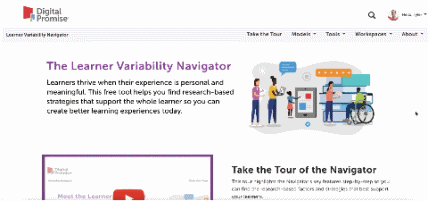Developing Your Cultural Awareness
Overview
Developing cultural awareness as an educator is an ongoing process that includes a recognition and appreciation for the full diversity of students and an understanding of how one's own Identity intersects with students' Identities. Cultural awareness plays a critical role in the classroom as it serves as a foundation for teachers to work from to make schooling natural and interesting for students across different cultural backgrounds. Classrooms are never culturally neutral–how educators teach and how students interpret instruction stem from their respective cultural backgrounds and Identities. By leveraging students' ways of knowing and thinking for classroom activities, educators are able to better connect with students and create more meaningful learning experiences for historically and systematically excluded students. As such, cultural awareness can be thought of as a first step to cultural responsiveness, and opens the door to academic achievement and Sense of Belonging. Cultural awareness is an active process that often requires self-reflection, training, coaching support, and peer collaboration to identify how explicit and implicit bias shows up in oneself, in the curriculum, and in broader systems. When educators work towards developing critical awareness of different cultures and perspectives, they can actively work to mitigate Stereotype Threat and build authentic relationships with students. Essentially, cultural awareness can heighten their culturally responsive practices, which lead to many positive student outcomes.
Example: Use This Strategy In in the Classroom
Design It into Your Product
Factors Supported by this Strategy
More Culturally Responsive Strategies
Developing empathy in educators and in learners is an iterative process that requires taking the time to understand and honor others' perspectives.
Checking in with learners, or taking the time to talk with individual learners about their experiences or goals, is important for fostering a positive classroom environment.
Discussing race with students can range from conversations on cultural celebration (e.g., celebrating the importance of diversity) to developing critical consciousness (e.g., understanding the impact of social inequities like racism and how to dismantle it).
A first step to supporting learners is truly understanding who they are.
Equitable grading systems and practices reimagine how to communicate student progress and mastery through various methods that reduce subjectivity, and increase opportunities to learn.
Family engagement happens when educators and schools collaborate with families to collectively support their child's learning in meaningful ways, both at school and at home.
Learning about students' cultures and connecting them to instructional practices helps foster a Sense of Belonging, increase positive student Identity development, and mitigate Stereotype Threat.
Culturally responsive texts include those that reflect different facets of students' identities, including race, ethnicity, gender, socioeconomic, and disability status, as well as the intersections of those identities.
Shadowing a student involves an educator, administrator, or designated adult observing a learner across different parts of their day to deepen their understanding of that learner's experience beyond their classroom.
Translanguaging is a flexible classroom practice enabling students to listen, speak, read, and write across their multiple languages or dialects, even if the teacher does not have formal knowledge of these additional languages.








